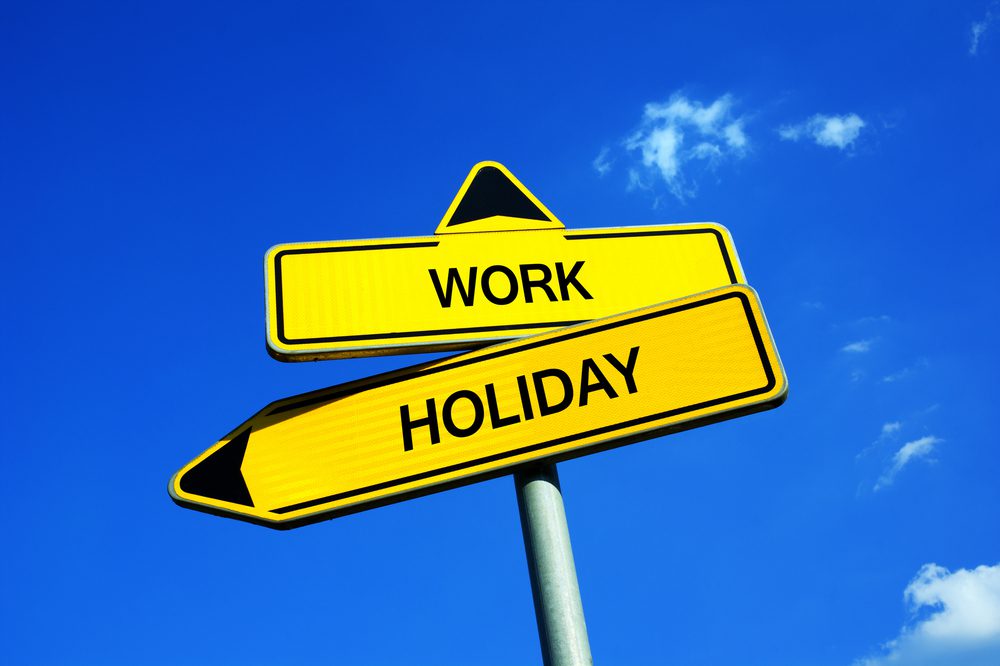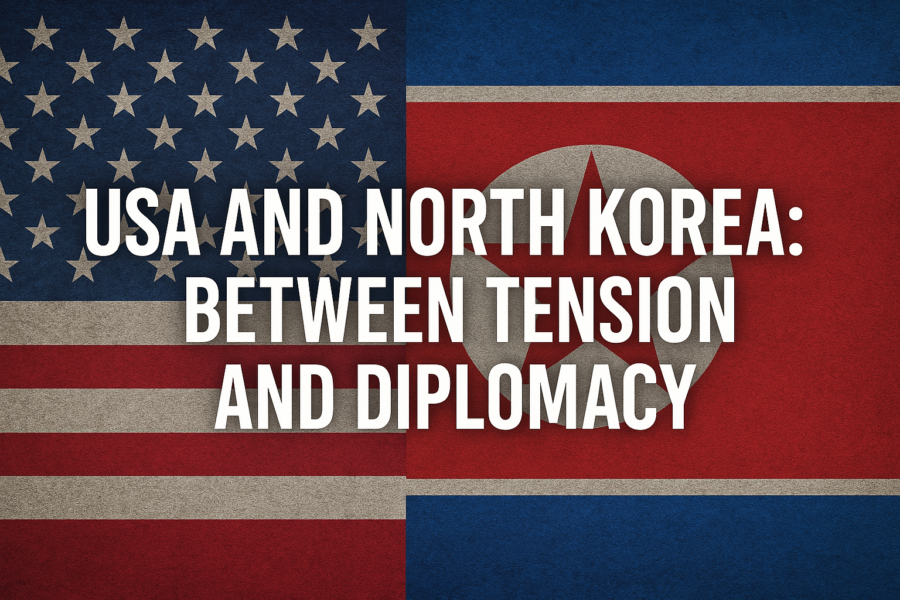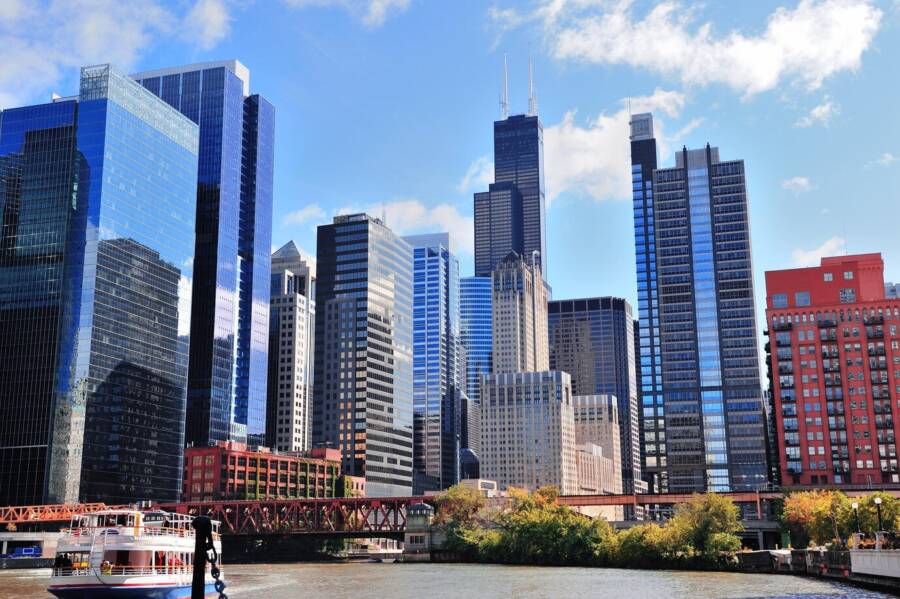What’s living in Russia today like?
When traveling abroad, whether long-term or just for a couple of days, some kind of culture shock is inevitable. If you don’t do at least a bit of research beforehand, it can be a disorienting experience.
For Americans embarking on a trip to Russia, particularly anywhere east of the Ural Mountains, cultural differences will be huge, so it’s a good idea to know what you’re getting into ahead of time. But what about actually living in Russia today? How different is it from the US?
In most countries, globalization has meant embracing the best that other nations have to offer and incorporating it into their society, culture, and economy. However, Vladimir Putin has stood up against foreign elements taking hold in Russia. This is, by default, a massive difference between the two countries.
We thought it was interesting to see what living in Russia today looks like and compare the lifestyle there to the American lifestyle. Here’s what we discovered!

1. …if you want to save up
Prices are usually much lower in Russia than in the US, but wages in Russia are lower too. As purchasing power parity—a measure of affordability—goes, Americans can buy more with their dollars than Russians can with their rubles.
Renting a home and lifestyle expenses, such as going out for dinner or purchasing a bottle of wine, are much more affordable for Americans. However, there are some things, like catching a cab, that are cheaper for Russians.
Overall, money-wise, living in Russia today is significantly different than in America.
2. …if you want to be happy
According to some recent studies, living in Russia today doesn’t really go well with happiness. When comparing the two countries, it turned out that Americans are significantly happier than Russians.
Looking at indicators such as life expectancy, income, social support, and freedom to make decisions, the US ranked 18th of 156 countries, while the former Soviet Union was 59th.
Interestingly, that gap is closing. An indicator measuring changes in happiness levels in 141 countries found that Russians became happier from the period 2008–2010 to 2015–2017.
On the other hand, the US was among 72 countries that became less happy during that time. This decline in happiness was mostly due to non-income factors, including a reduced sense of personal freedom and less social support, the reports suggest.

3. …if you like vacations
Paid vacation is established by law in Russia, and everyone living here is entitled to at least 14 paid national holidays, too. If these holidays fall on a Thursday, Russians will often get Friday off as a “bridge” day as well.
When it comes to this particular situation, living in Russia today seems better than how things work in the US. Our country is the only developed nation in the world where its workers don’t get paid time off. Americans in salaried professions, however, usually expect employers to offer paid public holidays and vacation time.
While some may say living in Russia today doesn’t seem too bad, it turns out that lots of Russians don’t take the leave they’re given, and the main reason for that is that they can’t afford to go away. It’s also because, in many cases, Russians rely on financial bonuses, like overtime, so while they may get their wages to take some time off, they sacrifice other extras if they do.
4. …if you’re a woman
The gender gap in Russia isn’t that different from our country’s when it comes to the number of women in the workforce and education levels. However, as a woman, living in Russia today can mean fewer advantages than in the US. According to a World Economic Forum study of gender equality around the world, the US ranked well above Russia for one main reason—political empowerment.
It’s more common in America to see women in high government positions than in Russia, although the latter has more women in ministerial positions. There’s one thing the two countries have in common: neither has had a female head of state in modern history.
Sadly, living in Russia today means fewer rights if you’re a woman. The country has no laws specifically concerning domestic violence, and in February 2017, it introduced legislation dubbed the “slapping law,” which basically decriminalized many forms of violence in the home.
Read on to find other things that describe the experience of living in Russia today.
5. …if you want to feel safe
Crime rates in the US are significantly higher than in Russia, except for murder. The latter has more than twice the number of intentional homicides as the former, but Americans are over five times more likely to become burglary victims and over 14 times more likely to be assaulted, the UN Office on Drug and Crime data shows.
In other words, when it comes to safety, living in Russia today doesn’t seem too different from living in the US.

6. …if you get sick
It can be difficult to quantify the accessibility and quality of healthcare. Russia, for instance, offers universal healthcare to its citizens. This basically implies that the government pays for people to go to the doctor or get treatment.
Russia also has more physicians and hospital beds available per person. Don’t rush to think that living in Russia today comes with better healthcare—the quality of it is so low that many Russians wind up paying out of their pockets for treatment.
On the other side, Americans spend a much greater portion of their GDP on health, but it typically only subsidizes or funds healthcare for eligible lower-income people and their families, senior citizens, and disabled people, so most people rely on private insurance.
Interestingly, a study published in The Lancet ranking the healthcare systems around the world by accessibility and quality put the US at 34th of 195 countries, while the former Soviet Union came in at a much lower 72nd.
7. …if you want to have a baby
Paid maternity and paternity leave is another field where the US falls behind the rest of the developed world. By law, new parents working for companies of a specific size for at least a year qualify for time off after having a baby or adopting a kid, but there’s no national stipulation to pay them or hold their job for more than a couple of months. Some states, like California, are starting to offer more generous terms.
On the other hand, living in Russia today means a generous leave entitlement but the pay is limited to the basic wage amount. Women get 70 paid days before and 70 days after birth or adoption. Some of them, however, report job insecurity and discrimination when they do return to work.
There’s no explicit paternity leave, but men can take annual paid leave, and employers are required by law to offer flexible working time or up to three years off after having a baby. One parent can stay at home at a time and receive a maximum pay of 21,555 rubles ($377) per month in those three years.
So, what do you think? Is Russia better or worse than the US? You can find out more on the matter in this book.
If you liked our article on living in Russia today, you may also want to read U.S. vs. Russia: Who Has The Best Nuclear Weapons?







